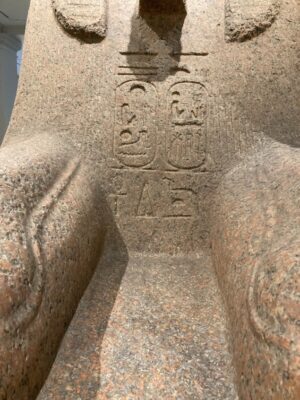
Within the inundated grasslands of Bolivia’s Llanos de Moxos, the earth itself retains a narrative. Underneath its glimmering wetlands and meandering waterways, archaeologists have discovered remnants of societies that flourished here for over a millennium, well before European interaction transformed the continent.
Recent discoveries published in Frontiers in Environmental Archaeology illuminate how Indigenous populations constructed monumental earthworks, elevated fields, and canal systems throughout the Great Tectonic Lakes of Exaltación. Directed by Professor Carla Jaimes Betancourt from the University of Bonn, this research integrates LiDAR imaging, excavations, and cooperation with the Cayubaba and Movima communities to reconstruct a saga of human creativity in the heart of the Bolivian Amazon.
Earthworks Beneath the Wetlands
When looked at from above, the grasslands resemble ripples from a rainfall. However, LiDAR scans uncover a different narrative: geometric designs of circles, squares, and elongated elevated strips surface beneath the foliage, remnants of historical fields and water-management systems established between 600 and 1400 CE. The Paquío and Jasschaja sites, situated near Lakes Rogaguado and Ginebra, chronicle centuries of adaptation to changing floods and soil conditions.
At Paquío, early habitation around AD 600 evolved into a flourishing maize-based economy between 1000 and 1200, evidenced by shell middens, pottery, and elaborate canal networks. Further east at Jasschaja, dating from 1300–1400 CE, archaeologists uncovered signs of intensified forest stewardship and a rich botanical record featuring palms, legumes, and Brazil nuts, indicating a transition towards diversified agroforestry.
“These landscapes are not untouched wilderness, but rather the outcome of ongoing human ingenuity,” stated Professor Jaimes Betancourt. “The elevated fields and canals demonstrate how communities collaborated with, rather than against, the natural rhythms of water and soil.”
Excavations disclosed a diet as varied as the ecosystem itself: fish species such as peacock bass and South American lungfish, reptiles including caimans and turtles, and mammals like capybaras and pacas. Plant remains indicated thoughtful utilization of palm fruits, maize, and wild legumes, illustrating that ancient Amazonians harmonized cultivation with foraging and hunting in dynamic wetland environments.
Living Heritage and Lessons for the Future
The team’s efforts were grounded in engagement with Indigenous communities. Members of the Cayubaba Indigenous Council facilitated access to sacred areas, assisted in identifying research sites, and guaranteed that excavation was conducted in alignment with local values. This partnership represented a wider acknowledgement that these landscapes continue to serve as living records of human-environment interactions, rather than static remnants of a lost civilization.
The study posits that long-term resilience in the Amazon stemmed not from the subjugation of nature, but from adaptability and ecological diversity. Over generations, communities transformed floods into fertility through earthworks that managed water, supported crops, and encouraged biodiversity.
“Their heritage challenges contemporary notions of development,” Jaimes Betancourt remarked. “They illustrate that sustainability is not a novel concept—it is ancient wisdom inherent in the land.”
As deforestation and industrial agriculture now pose threats to the Llanos de Moxos, researchers contend that these archaeological revelations hold pressing significance. The wetlands continue to sequester carbon, regulate water, and support wildlife, yet their cultural legacy is equally critical. Safeguarding both the ecosystem and the memory of this landscape, the study indicates, may be essential for maintaining resilience in the future of the Amazon.
Frontiers in Environmental Archaeology: 10.3389/fearc.2025.1662950
If our reporting has enlightened or motivated you, please consider making a contribution. Every donation, regardless of size, empowers us to continue delivering accurate, engaging, and reliable science and medical news. Independent journalism necessitates time, effort, and resources—your support ensures we can keep revealing the stories that are most important to you.
Join us in making knowledge accessible and influential. Thank you for supporting us!